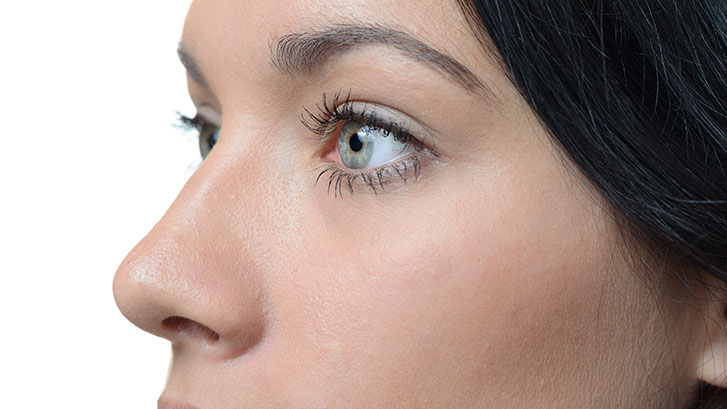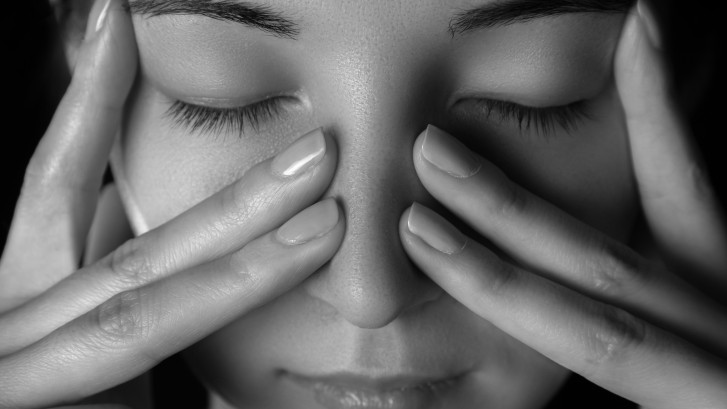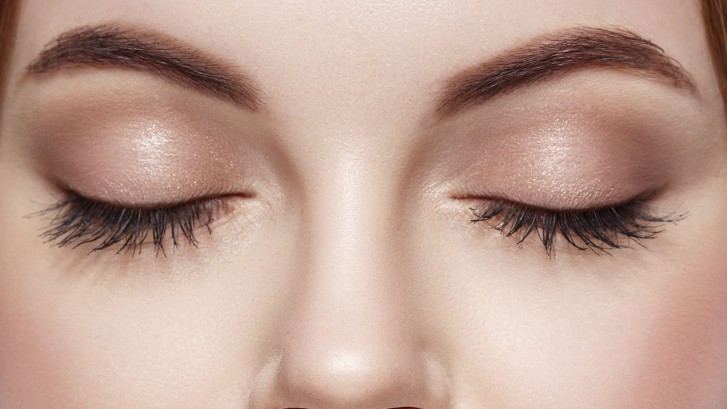Permanently Improve Your Breathing: The Non-Cosmetic Benefits To Rhinoplasty
Rhinoplasty is more than just a cosmetic procedure. Did you know that it can permanently improve your breathing, and have a significant impact on your mental health by promoting a positive body image? Find out more about the non-cosmetic benefits of rhinoplasty and how it can improve your quality of life.
How Rhinoplasty Can Permanently Improve Your Breathing and Lead to Better Sleep
If something is obstructing your breathing, it can be impossible to get a good night’s sleep. Rhinoplasty offers a permanent solution to some of the most common causes of sleep apnea.
What is Sleep Apnea?
Sleep apnea is a condition that impacts your breathing while you sleep. The most common type, Obstructive Sleep Apnea (OSA) is caused when your airway is blocked by an obstruction such as your tongue or a deviated septum. This causes you to stop and start breathing multiple times throughout the night, preventing you from getting a good night’s sleep.
Sleep apnea impacts approximately 22 million Americans. It can affect people at any age but is most common in men over 40. It can also impact the partners of sufferers, keeping them awake with loud snoring and other disruptive behaviors.
Chronic sleep deprivation due to sleep apnea and other causes can impact your health in a variety of ways, including increasing your risk of:
- Traffic Accidents
- Depression
- Irritability
- Anxiety
- Colorectal Cancer
- Obesity
- Type 2 Diabetes
- High Blood Pressure
- Heart Disease
- Catching a Cold
How Can Rhinoplasty Lead to Better Sleep?
If you or your partner suffer from sleep apnea, a functional rhinoplasty might offer you relief. During a functional rhinoplasty, your plastic surgeon can permanently improve your breathing by correcting any obstructions that cut off your airway while you sleep.
One of the most common obstructions that rhinoplasty corrects is a deviated septum. This is when the wall between your nasal passages (the septum) is off to one side, giving you one nasal passage that’s smaller than the other. This can reduce airflow and cause you difficulty breathing. Functional rhinoplasty is a permanent solution to a deviated septum, helping to open your airway so you can sleep soundly throughout the night.
Another common cause of sleep apnea is enlarged turbinates. Turbinates are delicate structures inside your nose that can become swollen due to allergies or hormonal changes. A functional rhinoplasty can remove some of the swollen tissue to clear your airway so you can breathe and sleep easily.
How Rhinoplasty Can Improve Your Body Image and Boost Your Mental Health
How you feel about your own body can have a significant impact on your self-esteem. That’s why cosmetic rhinoplasty is about more than just good looks: improving your body image can boost your mental health too.
What is Body Image?
How you feel about your body, also known as body image, has an impact on your sense of self-worth and mental health. Having a negative body image can put you at risk for:
- Low Self Esteem
- Depression
- Eating Disorders
These in turn can impact other areas of your life, such as becoming obsessed with diet and exercise or isolating yourself from your friends.
Negative body image can impact anyone, but girls are most likely to develop poor body image due to the social pressure to look a certain way. In fact, in the United States, 53% of thirteen-year-old girls and 78% of seventeen-year-old girls report being unhappy with their bodies.
How Can Rhinoplasty Improve Your Body Image?
Your nose is a prominent feature of your face, so having negative feelings about its appearance can impact every interaction you have. Cosmetic rhinoplasty can help by adjusting the size or alignment of your nose. When you’re happy with the appearance of your nose, you’ll be more confident in your own body.
Find Out if Rhinoplasty is Right for You
If you suffer from sleep apnea or negative body image, rhinoplasty might be the solution. Dr. Binder is dedicated to improving patients’ quality of life using his unique skills and innovative techniques.

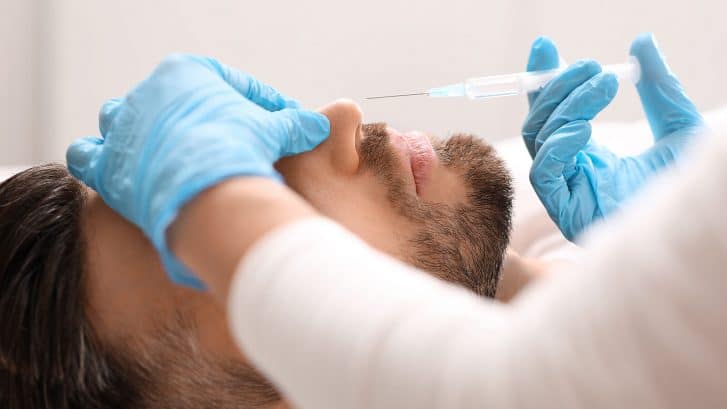
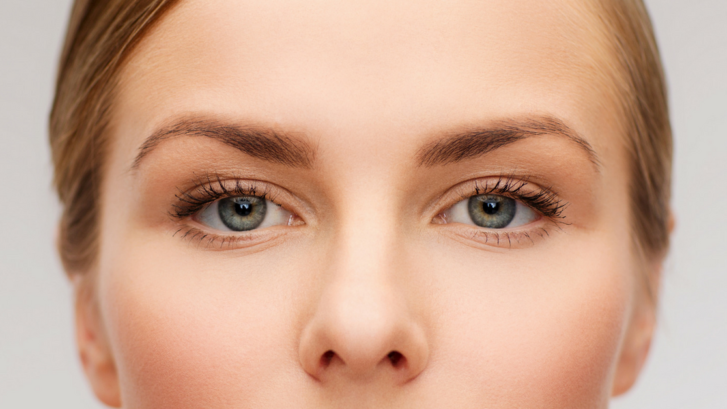
 Cosmetic surgery of any kind is a big decision and one that should not be made on a whim. Altering your physical appearance is an often-permanent and often-rewarding process, but only if you know what you want to change and why you want change it. A rhinoplasty is the second most common cosmetic procedure in the United States today. The surgery aims to both improve breathing problems and promote self-confidence, depending on each individual’s case.
Cosmetic surgery of any kind is a big decision and one that should not be made on a whim. Altering your physical appearance is an often-permanent and often-rewarding process, but only if you know what you want to change and why you want change it. A rhinoplasty is the second most common cosmetic procedure in the United States today. The surgery aims to both improve breathing problems and promote self-confidence, depending on each individual’s case.